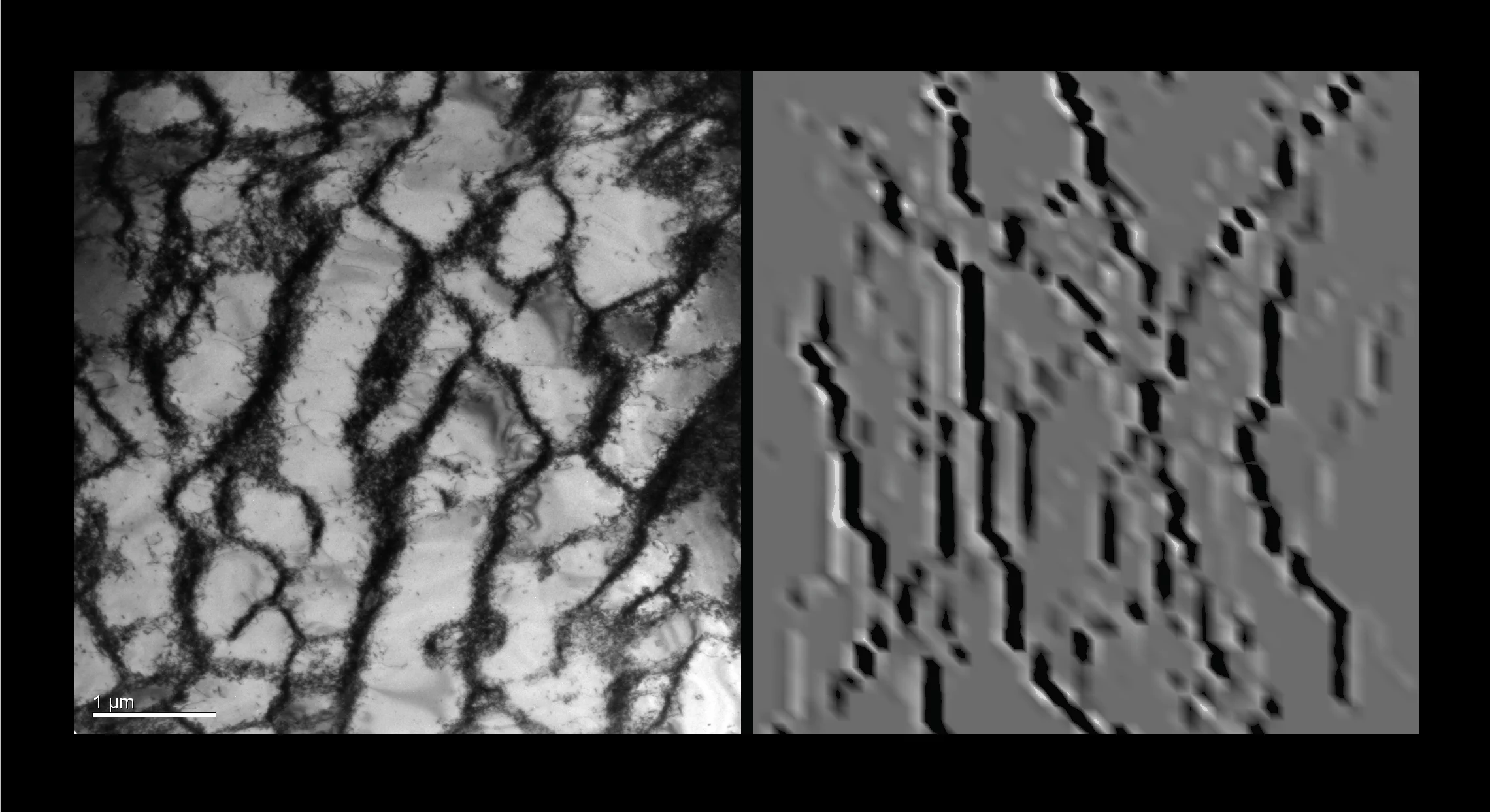Dr. ir. K. G. F. Freytag (Janssens), Prof. Dr. H. Van Swygenhoven, Dr. S. Van Petegem (Paul Scherrer Institute)
Dr. S. Sandlöbes, Prof. Dr. D. Raabe (Max-Planck-Institute for Iron Research)
PhD-Students: A. Irastorza, N. Grilli (PSI) and J. Nellessen (MPIE)
Funding: SNF and DFG
The aim of the project is to develop an experimentally validated computational method based on the crystal plasticity finite element (CPFE) method to simulate cyclic plastic deformation as occurs during low cycle fatigue in fcc materials. CPFE is an excellent computational tool that is depending on the constitutive input applicable for mechanical engineering issues as well as for the simulation of fundamental plasticity. Fatigue is a phenomenon of broad technological importance and poses a limit to the lifetime of engineering components. A CPFE model of the cyclic plastic deformation occurring during low cycle fatigue is expected to elucidate the relation between the microstructural details (like the crystal orientation distribution) of the material and the process of crack initiation as part of fatigue. The uniqueness of the project is that it aims to develop a CPFE model for fatigue simulations with a constitutive input that is based on in-situ Laue experiments completed with electron back scatter diffraction (EBSD), electron channeling contrast imaging (ECCI) and transmission electron microscopy (TEM) analyses.
The project is an international collaboration educating three PhD students. Two of them are in Switzerland at the Paul Scherrer Institute and enrolled at the EPFL, and one is in Germany at the Max-Planck-Institute für Eisenforschung and enrolled at the RWTH Aachen.
Dr. S. Sandlöbes, Prof. Dr. D. Raabe (Max-Planck-Institute for Iron Research)
PhD-Students: A. Irastorza, N. Grilli (PSI) and J. Nellessen (MPIE)
Funding: SNF and DFG
The aim of the project is to develop an experimentally validated computational method based on the crystal plasticity finite element (CPFE) method to simulate cyclic plastic deformation as occurs during low cycle fatigue in fcc materials. CPFE is an excellent computational tool that is depending on the constitutive input applicable for mechanical engineering issues as well as for the simulation of fundamental plasticity. Fatigue is a phenomenon of broad technological importance and poses a limit to the lifetime of engineering components. A CPFE model of the cyclic plastic deformation occurring during low cycle fatigue is expected to elucidate the relation between the microstructural details (like the crystal orientation distribution) of the material and the process of crack initiation as part of fatigue. The uniqueness of the project is that it aims to develop a CPFE model for fatigue simulations with a constitutive input that is based on in-situ Laue experiments completed with electron back scatter diffraction (EBSD), electron channeling contrast imaging (ECCI) and transmission electron microscopy (TEM) analyses.
The project is an international collaboration educating three PhD students. Two of them are in Switzerland at the Paul Scherrer Institute and enrolled at the EPFL, and one is in Germany at the Max-Planck-Institute für Eisenforschung and enrolled at the RWTH Aachen.

Vein and channel dislocation structures in austenitic stainless steel as observed in transmission electron microscopy and as simulated using crystal plasticity finite elements.